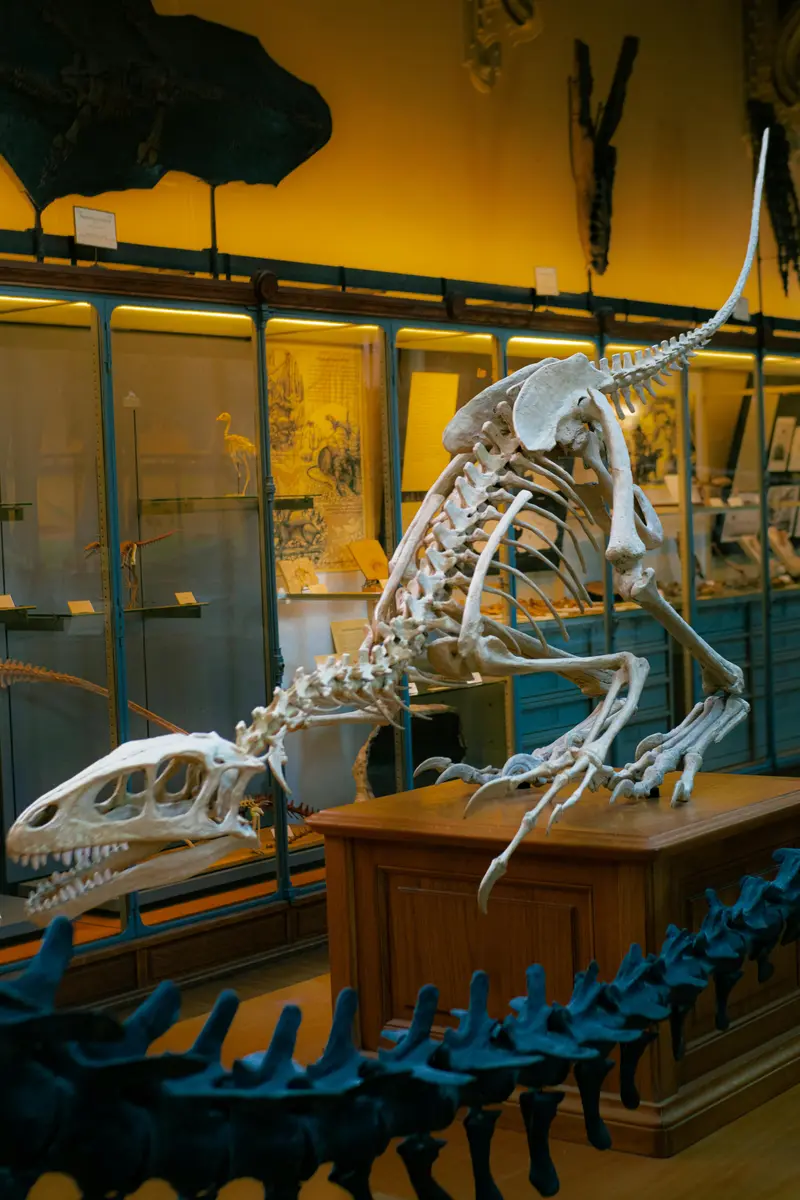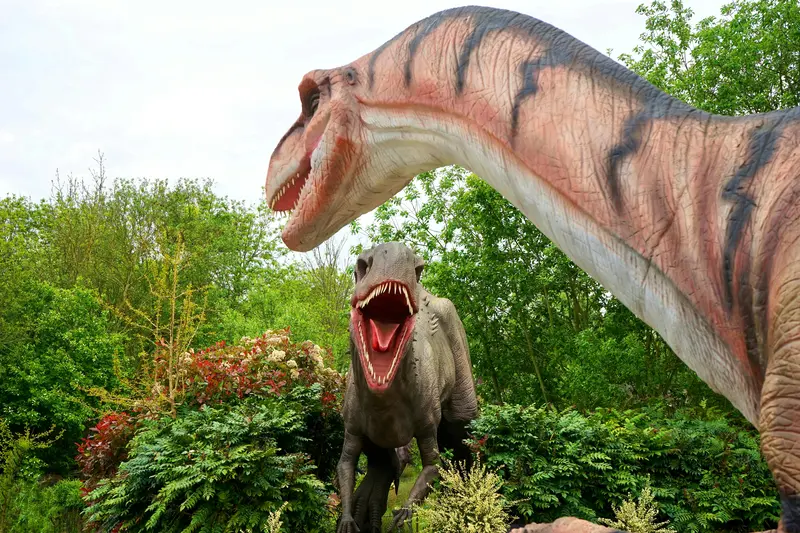A team of scientists from the University of Bristol (UK) believes that the reason for the dominance of dinosaurs over a long period lies in their mode of movement.
Huge reptiles took over the planet and ruled it for 160 million years. Adapting to walk on both two and four legs, they diversified and outcompeted other organisms. They served as the dominant terrestrial vertebrates from the end of the Triassic period (251.9–201.3 million years ago) until the time the disappearance of dinosaurs about 66 million years ago during the Cretaceous period.
In a new study published by the journal Royal Society Open Science, the team described how dinosaurs managed to take over the world. Essentially, they filled all the ecological niches that emerged after a series of ecological collapses. Since dinosaurs walked on two legs, and later on four, they had a distinct advantage during radical changes in the environment.
Dinosaurs They were part of a group known as Avemetatarsalia, which evolved alongside a group of related reptiles called Pseudosuria, which includes the ancestors of modern crocodiles. These two groups emerged during the Triassic period after the Permian mass extinction 252 million years ago, the publication reported. Live Science .

What scientists have learned
Researchers studied the fossilized leg bones of 208 species of Avemetatarsalia, Pseudosuria, and their closest relatives to determine the changes that occurred in these animals.
When Pseudosuria first appeared, they were quite a diverse group. Some of them walked on their hind legs, but most individuals retained the habit of crawling. In contrast, from the beginning, dinosaurs were bipedal and could run. The ability to move quickly enhanced their capacity to defend against predators and hunt, which was a significant advantage in the arid climate of the Triassic.
In solving the problems of life support, the adaptability to walking and running was of primary importance for dinosaurs, noted the lead author of the study, paleobiologist Amy Shipley. “It is quite likely that early dinosaurs were able to conserve water, like most modern reptiles and birds. However, our data showed that their great adaptability to both walking and running played a key role,” said the researcher.

At the end of the Triassic, another mass extinction wiped out most representatives of Pseudosuria, except for the crocodylomorphs, which continued to move on four legs. Some dinosaurs remained faithful to bipedalism, while some lizards reverted to moving on four limbs. This allowed dinosaurs to diversify and fill a wide range of ecological niches.
“Their species diversity and focus on fast running meant that dinosaurs could diversify as soon as the opportunity arose. After the mass extinction at the end of the Triassic, we saw truly enormous dinosaurs, over 10 meters long; some of them had armor, many moved on four legs, but there were also plenty of bipedal ones, like their ancestors,” noted study co-author Suresh Singh. “The variety of their posture and gait meant that they were extremely well adapted, which ensured them significant success on Earth for a long time,” he added.
Of course, dinosaurs developed other features that helped them thrive, including the ability to regulate temperature with feathers and efficient breathing mechanisms. However, researchers say that the wide variety of movement strategies became the key advantage for their dominance over many years.
